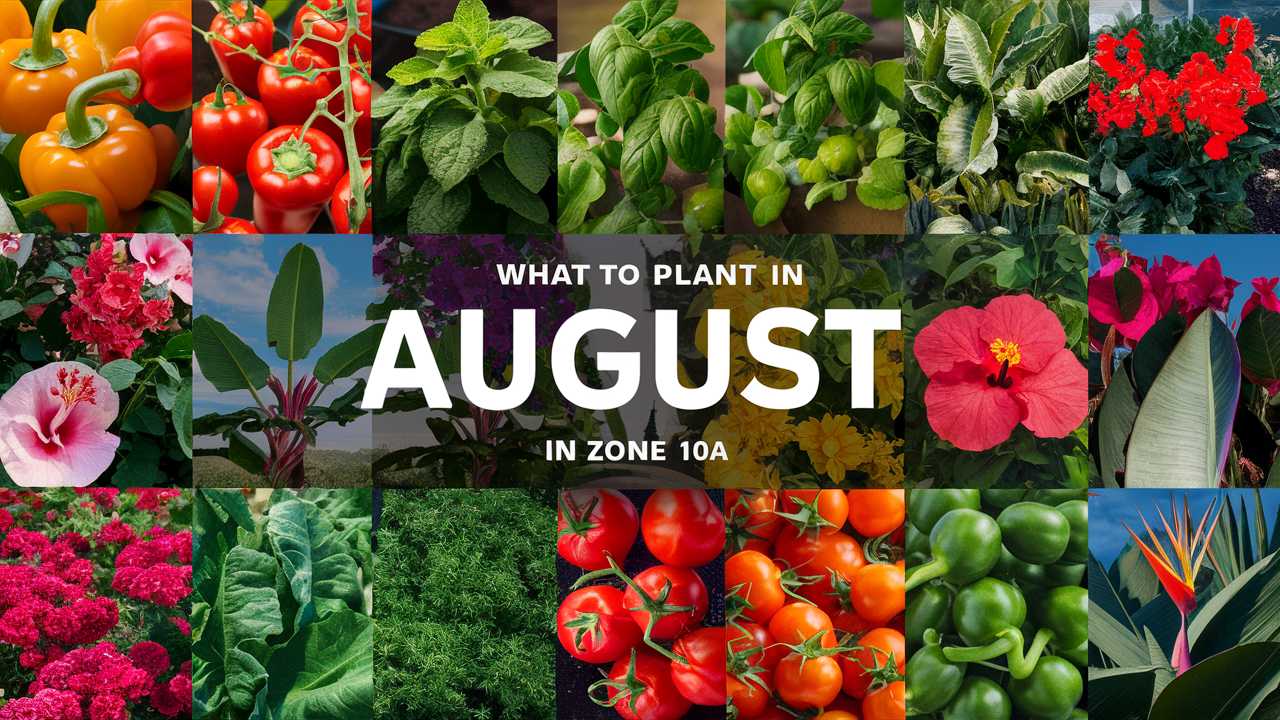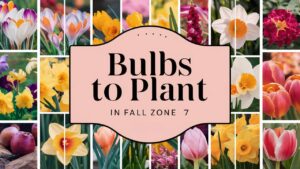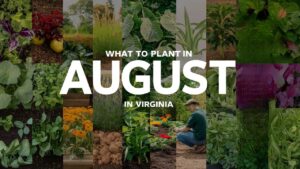Gardening in USDA Zone 10a, which encompasses certain regions in the southern United States, such as parts of California and Florida, offers unique opportunities in August. With its warm, subtropical climate, Zone 10a is characterized by a long growing season, allowing gardeners to cultivate various plants during this month.
August is an excellent time to plant a variety of vegetables, flowers, herbs, and landscape plants that can thrive in the heat and humidity typical of this zone. This guide explores the best options for each category, providing temperature tolerances, planting tips, and other essential information.
Vegetables To Plant
Okra
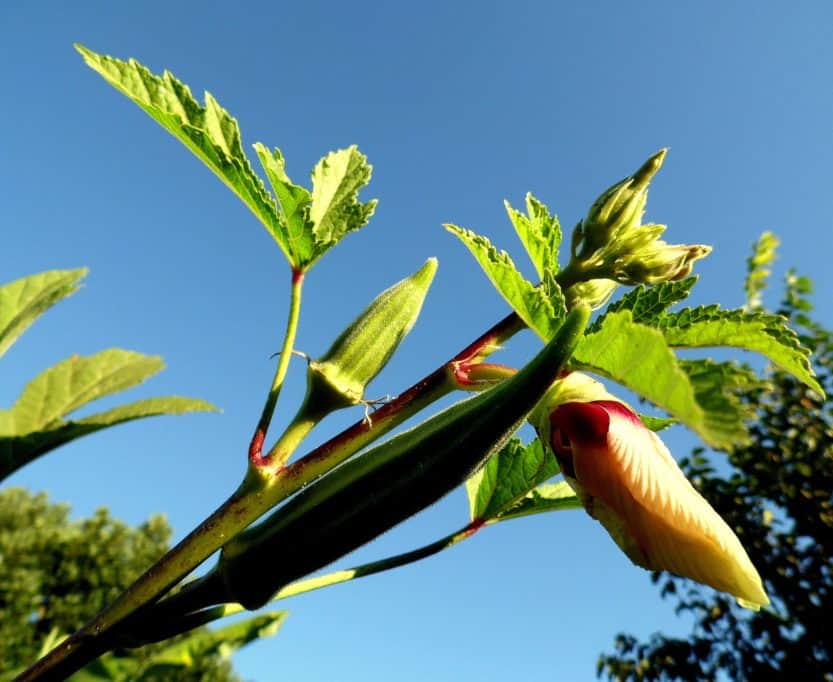
Okra is a heat-loving vegetable ideal for August planting in Zone 10a. It thrives in temperatures exceeding 75°F and can withstand conditions up to 100°F. Plant seeds directly in the ground after the last frost, spacing them about 12-18 inches apart. Okra is a resilient plant, requiring minimal care once established; it is drought-tolerant and performs well in well-drained soil rich in organic matter. Harvest the pods when they are young and tender for the best flavor.
Sweet Peppers
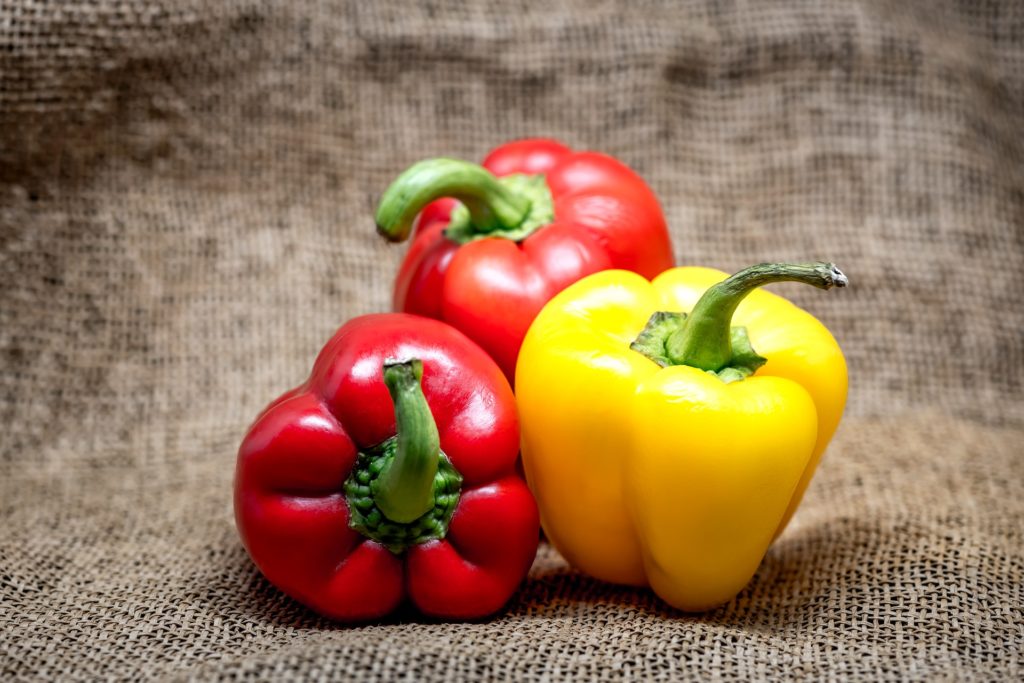
Sweet peppers are another excellent choice for August planting, as they flourish in temperatures around 70°F to 85°F. Start seeds indoors or directly sow them in the garden around mid-August. Space plants about 18-24 inches apart, ensuring they get full sun for optimal growth. With a range of colors and flavors, sweet peppers not only offer culinary versatility but also contribute visual appeal to your garden. They require consistently moist soil, and a layer of mulch can help retain soil moisture.
Eggplant
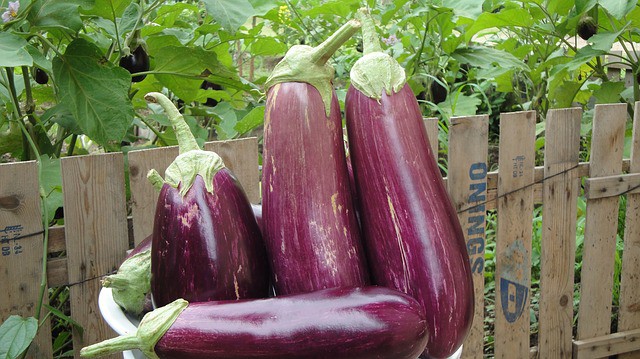
Eggplant appreciates the warm conditions of Zone 10a and can be planted in August for a late-summer harvest. This plant thrives in temperatures of 70°F to 85°F. Space eggplants 2 feet apart to allow ample room for growth. They prefer rich, well-draining soil and will benefit from regular watering, especially in drier spells. The vibrant purple fruits not only add a pop of color to the garden but are also packed with nutrients, making them a healthy addition to your meals.
Tomatoes
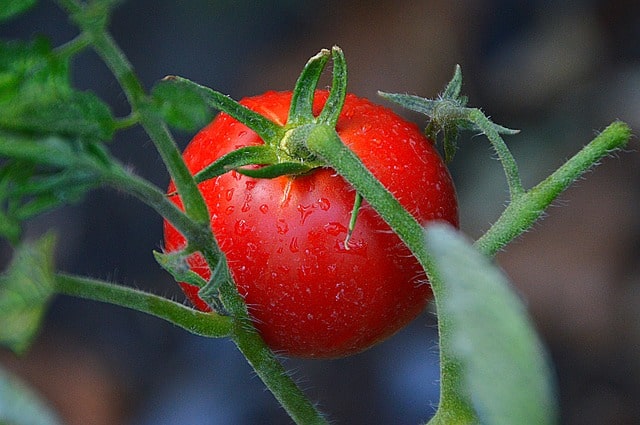
Although traditionally planted earlier in the season, certain varieties of tomatoes can also be planted in August in Zone 10a. Indeterminate varieties, which continue to grow and produce throughout the season, are particularly suitable for late planting. Tomatoes thrive in sunny conditions and do best in temperatures between 70°F and 85°F. When planting in August, select disease-resistant varieties and ensure that they are spaced 24-36 inches apart. Consistent watering and regular pruning can enhance fruit production and quality.
Cucumbers
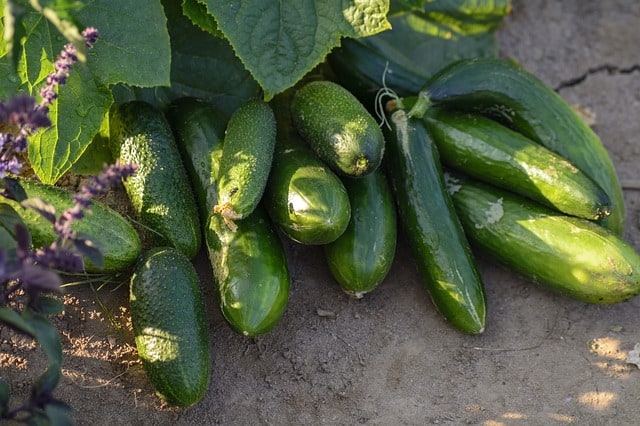
Cucumbers are fast-growing and can be sown in late summer for a quick harvest before the cooler months. Ideal growing temperatures for cucumbers range from 70°F to 90°F. Plant seeds directly in well-draining soil, ensuring a spacing of 36 inches for sprawling varieties or closer for bush types. They require plenty of sun and consistent moisture, so regular watering is essential. Cucumbers are highly versatile in the kitchen, as they can be enjoyed fresh, pickled, or in salads.
Spinach
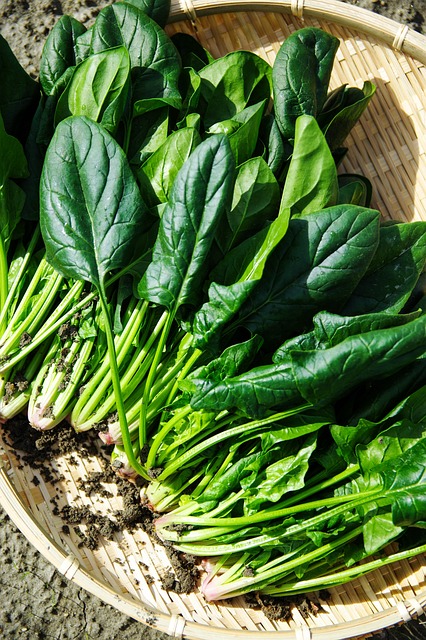
Spinach is a cool-season vegetable that can take advantage of the mild transition into fall when planted in late August. It thrives in temperatures between 50°F and 70°F, making it suitable for the cooler evenings in Zone 10a. Sow seeds directly in a well-prepared garden bed, spacing them about 1-2 inches apart. Spinach has a relatively quick growth cycle, and with adequate watering and a nutrient-rich soil, you can expect a bountiful harvest in no time.
Carrots
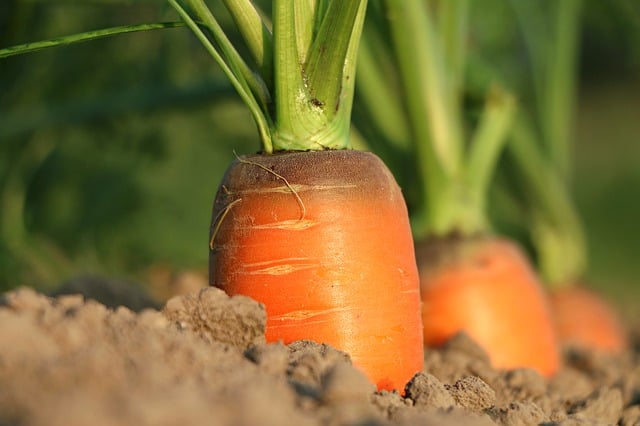
Planting carrots in August allows them to mature during the fall’s cooler temperatures, which enhances their sweetness. Carrots grow best in well-drained, loose soil and need consistent temperatures ranging from 60°F to 70°F. Directly sow seeds in rows spaced 12 inches apart at a depth of about ½ inch. Carrots require regular watering, especially during germination, which can take 2-3 weeks. Thinning seedlings is essential to ensure they have room to grow properly.
Beets
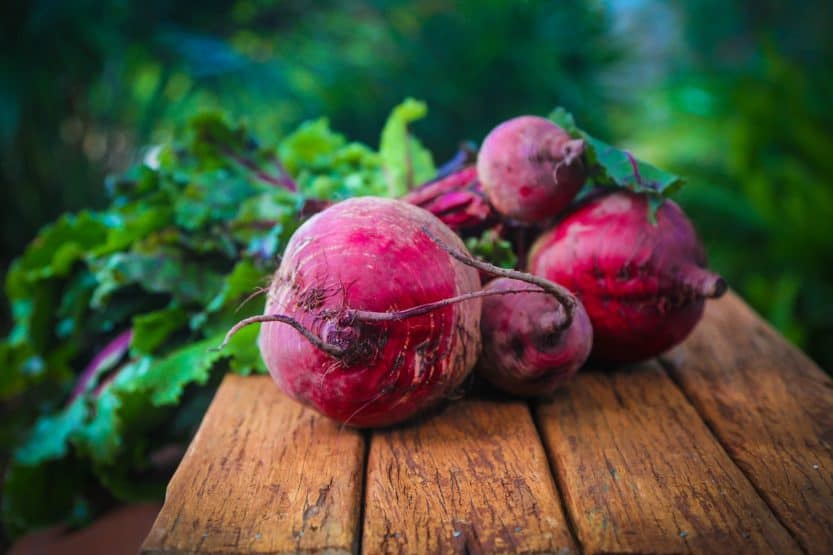
Beets are another root vegetable that can thrive in the cooler months after August planting. They prefer temperatures around 55°F to 75°F and can handle the warmer conditions of late summer as long as they are watered sufficiently. Sow seeds about 1 inch apart, in rows spaced 12-18 inches apart. Be sure to thin beet seedlings once they have a few true leaves to allow for proper bulb development. Rich in dietary fiber and antioxidants, beets add not only flavor but also health benefits to your diet.
Squash
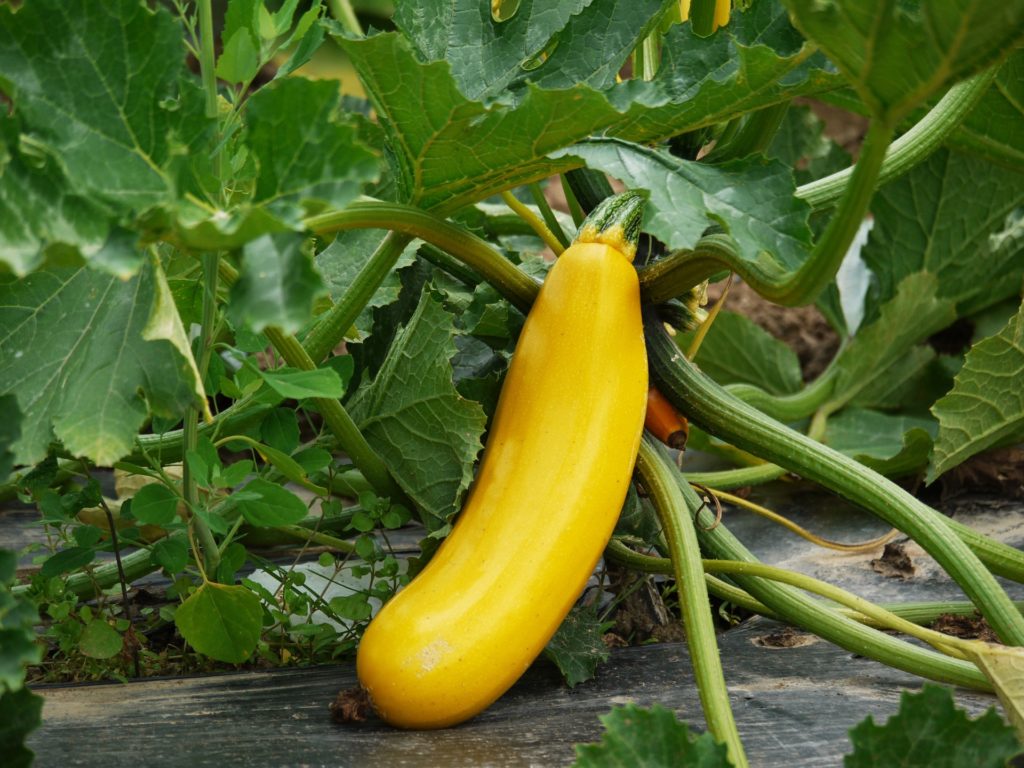
Both summer and winter squash varieties can be successfully planted in August in Zone 10a. Summer squash, such as zucchini, prefers warmer temperatures around 70°F to 90°F, while winter squash does well in slightly cooler conditions. Plant seeds directly in the ground, making sure to provide ample space, as squash tends to spread. With proper compost and regular watering, squash plants can flourish, producing an abundance of fruits that can be harvested throughout late summer and fall.
Beans
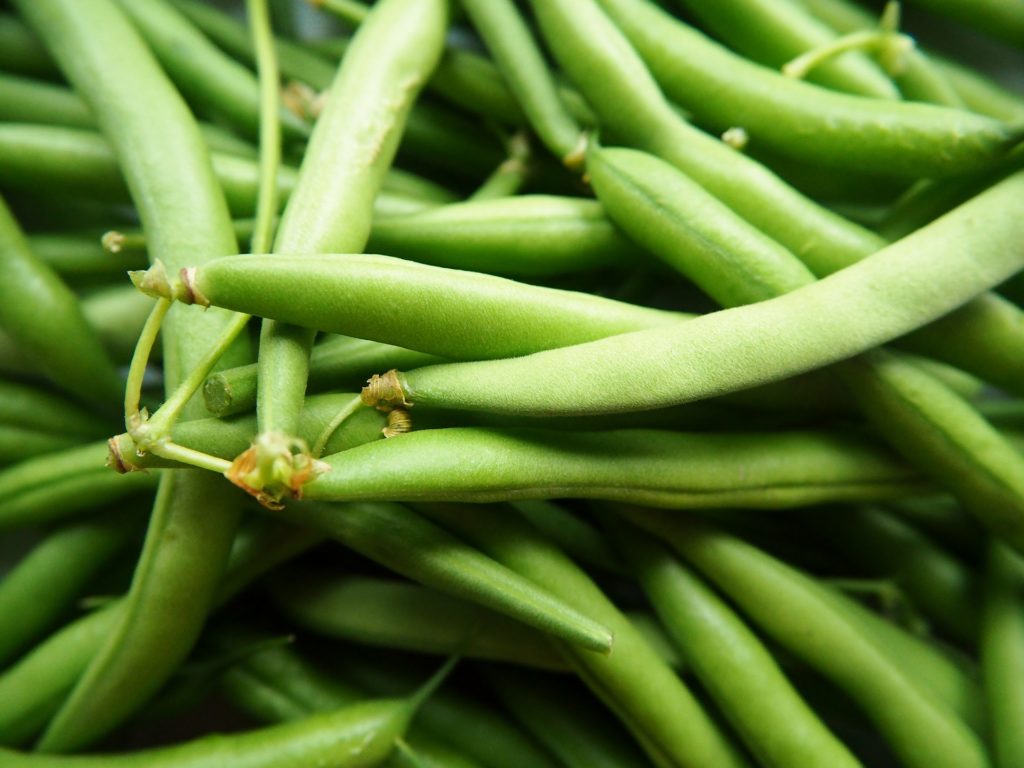
Beans, including bush and pole varieties, can be effectively planted in August, taking advantage of the warm soil temperatures. They thrive in conditions between 60°F and 90°F. Sow seeds about 1-2 inches apart, ensuring you plant bush varieties closer together than pole beans. Regular watering is essential, especially during dry spells, to ensure the healthy growth of this nitrogen-fixing plant. Harvest beans when they are tender for the best flavor.
Flowers To Plant
Sunflowers
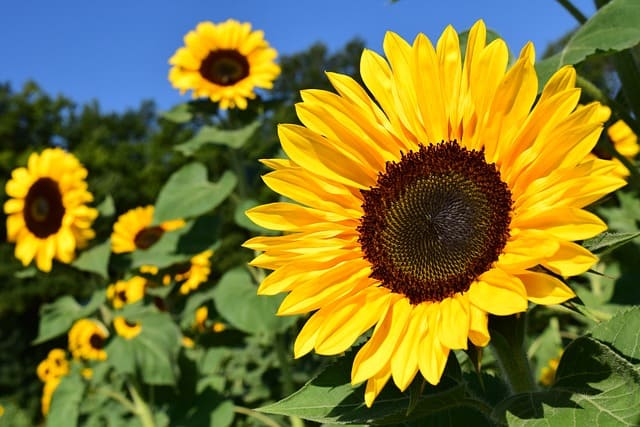
Sunflowers are iconic for their vibrant blooms and ability to thrive in the summer heat of Zone 10a. Plant sunflower seeds in August for a late-season display, as they prefer temperatures of 70°F to 100°F. Space seeds 6-12 inches apart, based on the variety. They require plenty of sunlight and moderate watering but are generally drought-tolerant once established. Sunflowers can grow quite tall, attracting pollinators and providing a stunning backdrop to your garden.
Zinnias
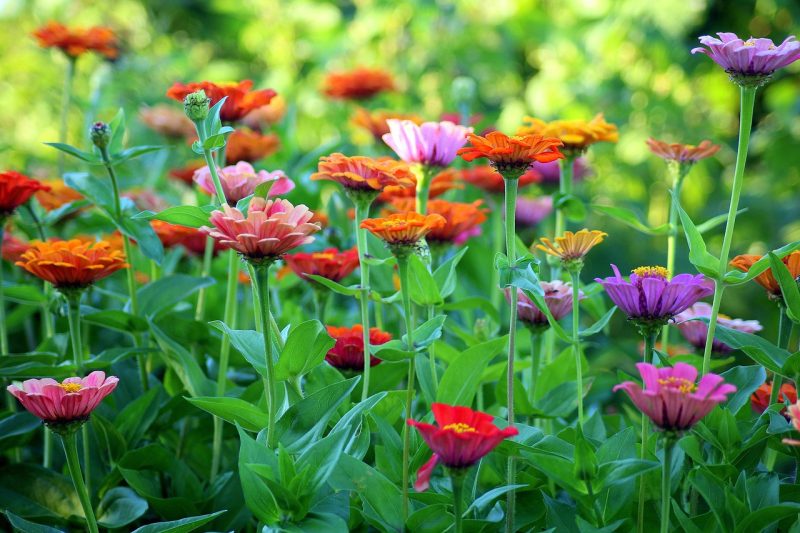
Zinnias are excellent summer flowers that can be planted in August, thriving in warm temperatures. These hardy flowers thrive best in temperatures between 60°F and 88°F. Sow zinnia seeds directly in the garden bed about 12 inches apart for taller varieties and closer for dwarf varieties. They prefer full sun and well-draining soil, and regular deadheading will encourage continued blooming throughout the season. Zinnias are also drought-resistant once established, making them an easy-care choice for gardeners.
Marigolds
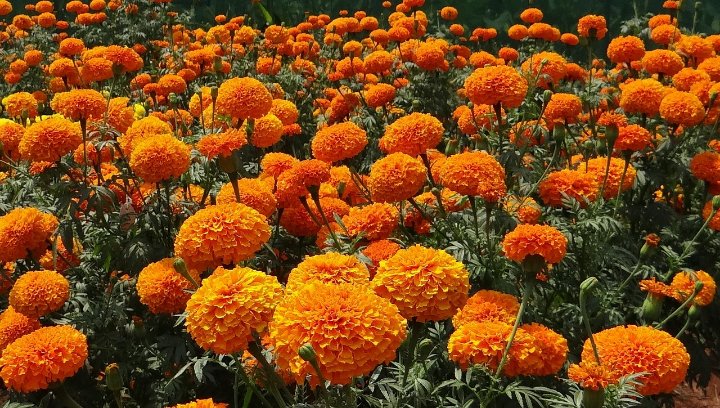
Marigolds are perfect for planting in August, as they love the heat and can tolerate temperatures of up to 100°F. These cheerful flowers thrive in full sun and poor soil conditions, making them an easy addition to any garden. Space marigold seedlings 8-12 inches apart to prevent overcrowding. Regularly deadheading spent blooms encourages a longer flowering period and helps maintain the plant’s appearance.
Cosmos
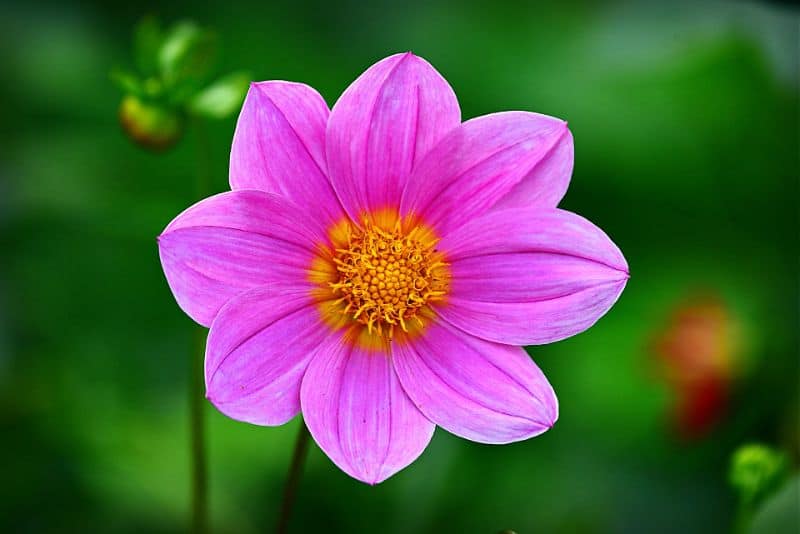
Cosmos are elegant, daisy-like flowers that adapt well to the warm climate of Zone 10a. Plant cosmos seeds in August while the temperature is still warm, as they thrive in conditions between 65°F and 90°F. Sow seeds directly into well-drained soil, spacing them 12-18 inches apart. These flowers are drought-tolerant and can thrive with minimal care, making them an excellent choice for low-maintenance gardens. Their long stems and delicate blooms make them a favorite for cut flower arrangements.
Geraniums
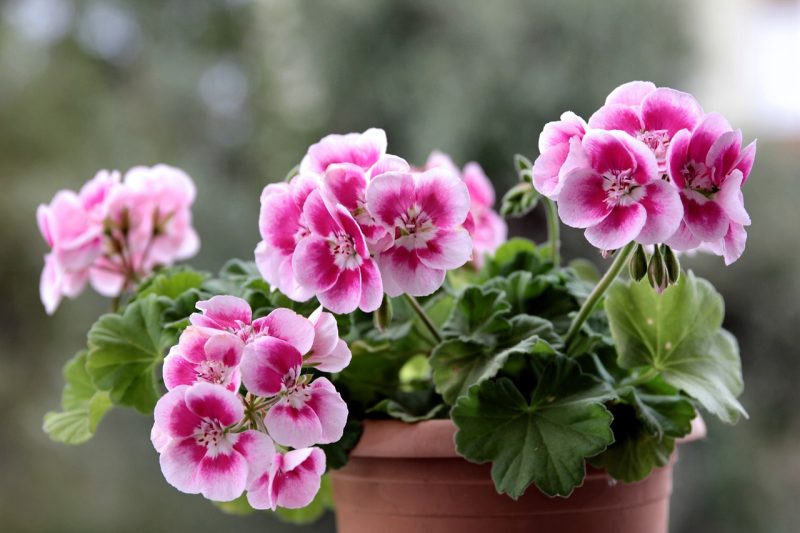
Geraniums are popular flowering plants that can add vibrant colors to your garden beds. Best planted in late summer or early fall in Zone 10a, they flourish in temperatures between 60°F and 75°F. Space geraniums about 12-18 inches apart in well-drained soil. These perennials can yield beautiful blooms for many years with proper care, including regular deadheading and watering to promote lush growth.
Petunias
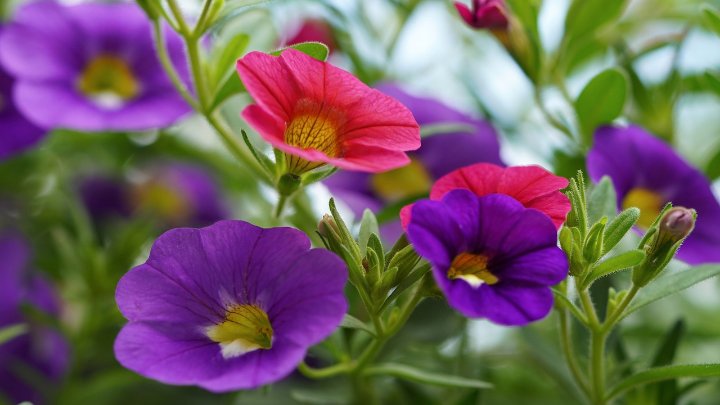
Petunias are versatile annual flowers that can be planted in August for an extended blooming season. They thrive in temperatures ranging from 60°F to 80°F, making them an excellent choice for summer gardening in Zone 10a. Plant petunias about 12-18 inches apart, ensuring they receive plenty of sunlight. With regular deadheading and watering, petunias provide vibrant colors and fragrances in the garden or container plantings.
Bougainvillea
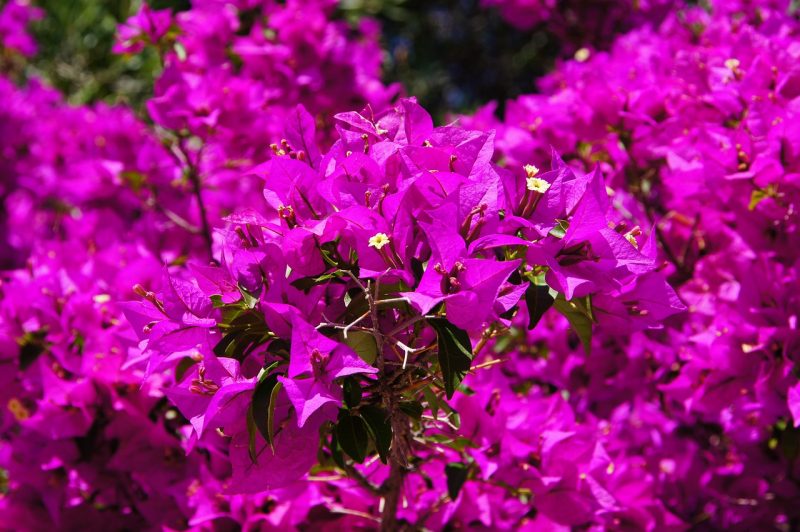
Bougainvillea is a stunning flowering vine that thrives in the hot climate of Zone 10a. This plant loves full sun and can withstand high temperatures, making it perfect for August planting. It prefers well-drained soil and will flourish with occasional watering once established. Bougainvillea brings tropical flair to gardens, draping over trellises or walls with vibrant colors that attract butterflies and hummingbirds.
Lantana
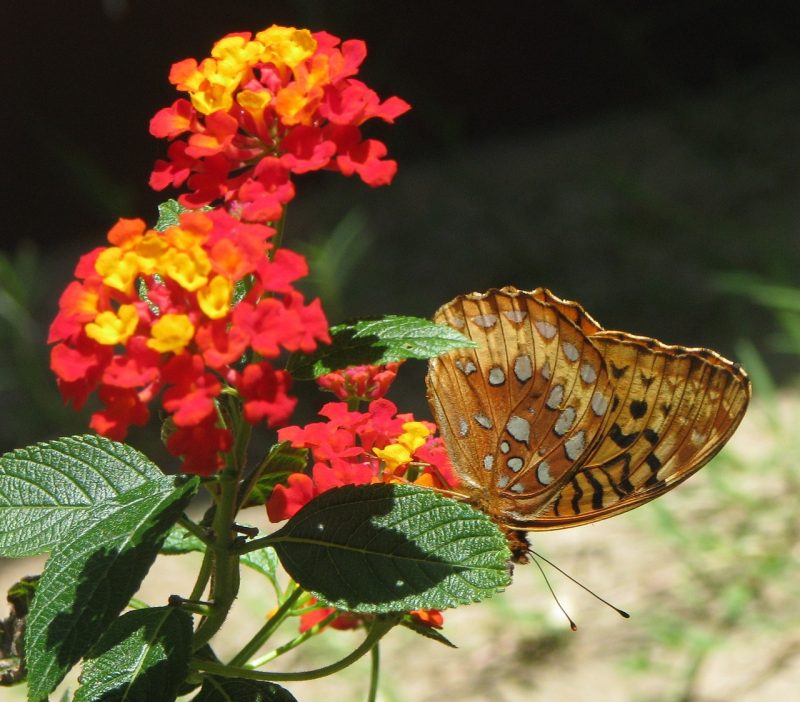
Lantana is a heat-tolerant flowering plant that can withstand the summer heat in Zone 10a. Planting in August is ideal, as it thrives between 70°F and 90°F. Space lantanas about 2-3 feet apart, as they can spread significantly. These sturdy perennials are low maintenance, highly drought-resistant, and attract numerous pollinators, such as bees and butterflies, making them a popular choice for wildlife gardens.
Portulaca
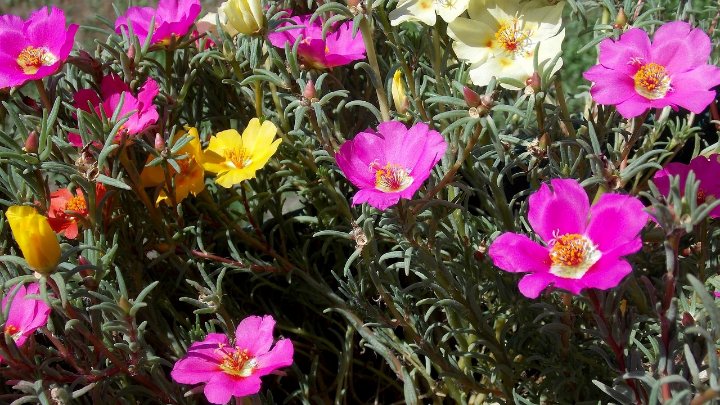
Portulaca, or moss rose, is a succulent flowering plant that thrives in hot, dry conditions. It is ideal for August planting in Zone 10a, preferring temperatures between 60°F and 100°F. This plant can tolerate poor soil and drought conditions, making it an excellent choice for hanging baskets or ground cover. Space portulaca plants about 8-12 inches apart, and their low-growing habit and vibrant colors will create eye-catching displays in your garden.
Salvia
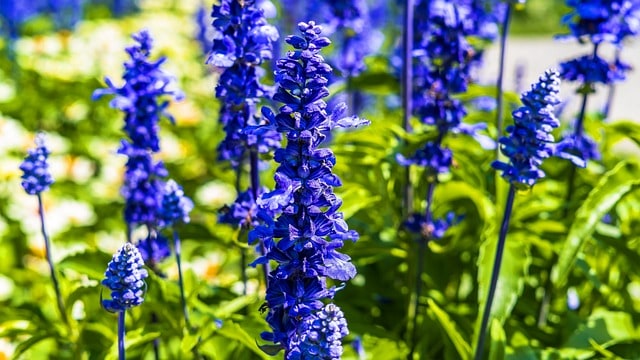
Salvia is a genus containing numerous species adored for their aromatic foliage and vibrant flowers. Plant salvia varieties in August, as they thrive in warm weather, particularly in temperatures reaching 70°F to 90°F. These plants should be spaced 12-18 inches apart to allow for proper air circulation. Salvia attracts various pollinators and is drought-tolerant, making it an excellent choice for low-water gardens. Additionally, its perennial nature means they will return year after year.
Herbs To Plant
Basil
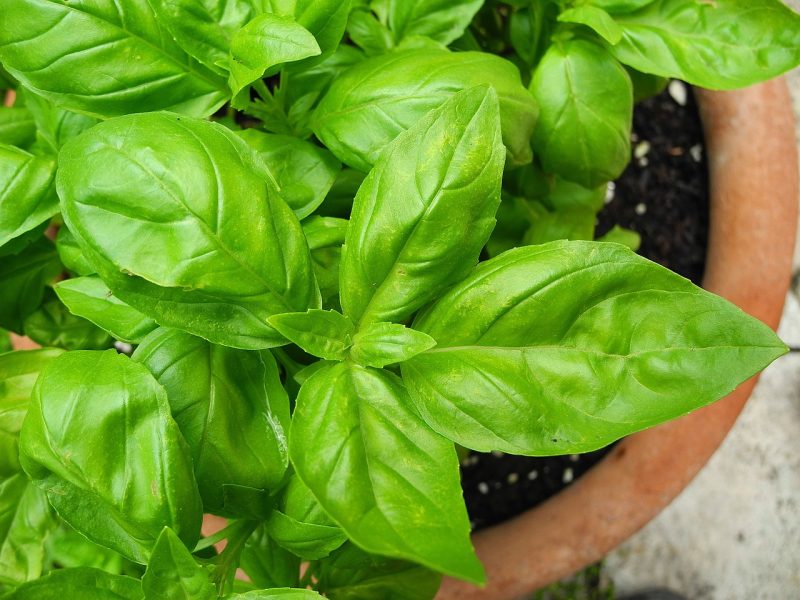
Basil is a fragrant herb that thrives in the warm climate of August in Zone 10a. This herb likes temperatures between 65°F and 90°F, making it ideal for summer planting. Sow seeds directly in well-drained soil, spacing them 12 inches apart. Basil requires regular watering but can also tolerate short dry spells once established. This culinary favorite pairs well with tomatoes, making it a go-to choice for Mediterranean dishes and summer salads.
Oregano
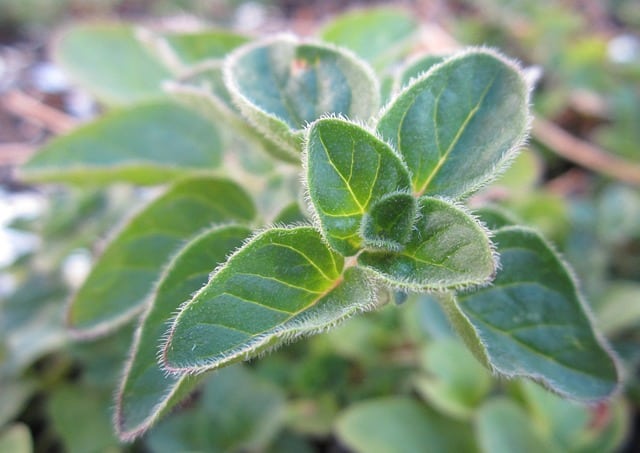
Oregano is a versatile herb that can handle the heat of Zone 10a and thrives in temperatures around 60°F to 85°F. Plant oregano seeds in well-drained soil, spacing them 12 inches apart, and give them plenty of sunshine for optimal growth. Once established, oregano is drought-resistant and requires minimal care. This herb adds flavor to various dishes and is a staple in Italian cuisine.
Parsley
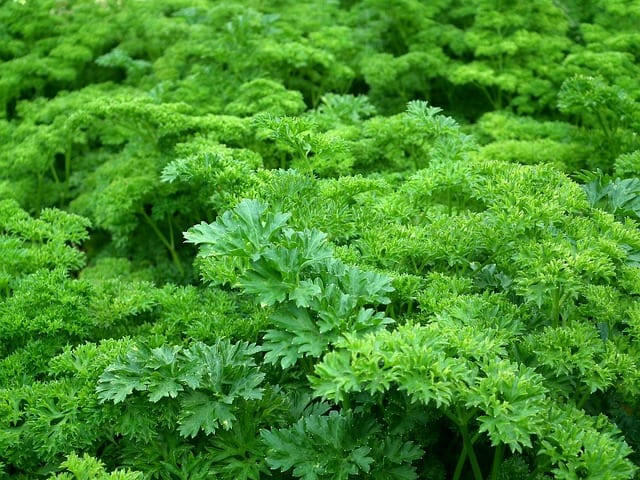
Parsley is another herb suitable for planting in August as the days begin to cool. This biennial herb prefers temperatures between 50°F and 80°F, making late summer an excellent time for planting. Sow seeds about 12-18 inches apart in rich, well-draining soil. While parsley requires consistent moisture, it can tolerate brief dry conditions. As a culinary herb, parsley is used for garnishing and flavoring dishes, offering a fresh taste that complements various cuisines.
Chives
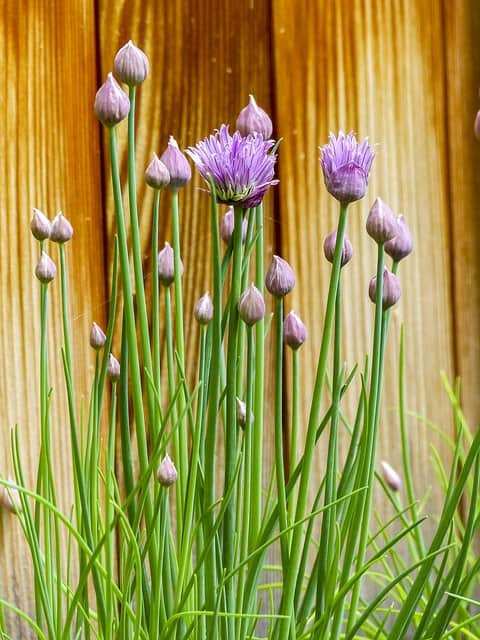
Chives are perennial herbs that can be planted in August, benefiting from the ongoing warmth of summer. They thrive in temperatures ranging from 55°F to 75°F. Space chive plants about 12 inches apart to allow for their clumping growth habit. Chives are easy to care for, requiring minimal watering once established. This herb adds a mild onion flavor to dishes and can thrive in containers, making it ideal for small gardening spaces.
Cilantro
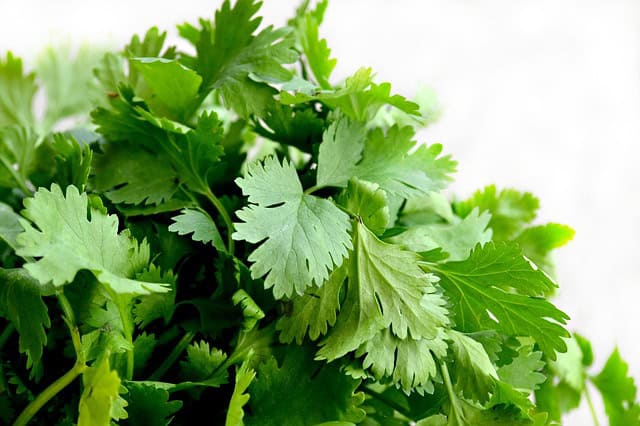
Cilantro thrives in the cooler fall temperatures that follow an August planting, making it a great option for this month in Zone 10a. It prefers temperatures between 50°F and 75°F. Sow seeds about 6 inches apart in well-drained soil. While cilantro may bolt in extreme heat, planting in August allows it to mature in a more temperate environment. This herb is essential in various cuisines and is used in salsas, salads, and garnishes.
Mint
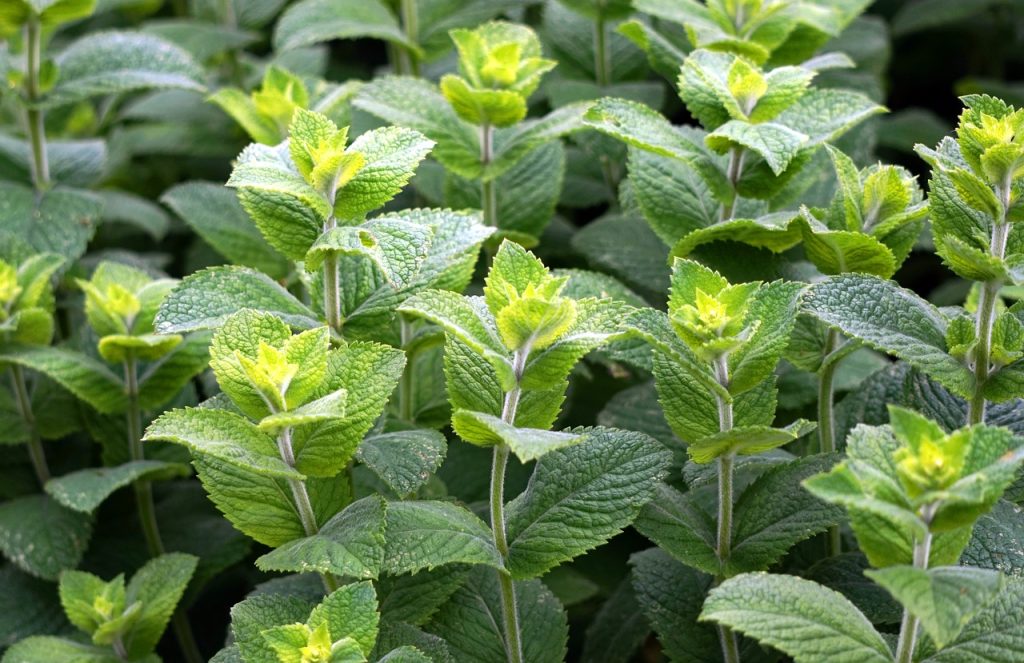
Mint is a hardy perennial herb that can be successfully planted in August. It thrives in various temperatures and can tolerate the warm conditions of Zone 10a well, usually around 60°F to 80°F. Space mint plants at least 18 inches apart, as they can spread vigorously. Mint prefers moist soil but can tolerate periods of dryness once established. Its refreshing flavor makes it an excellent addition to beverages, salads, and desserts.
Thyme
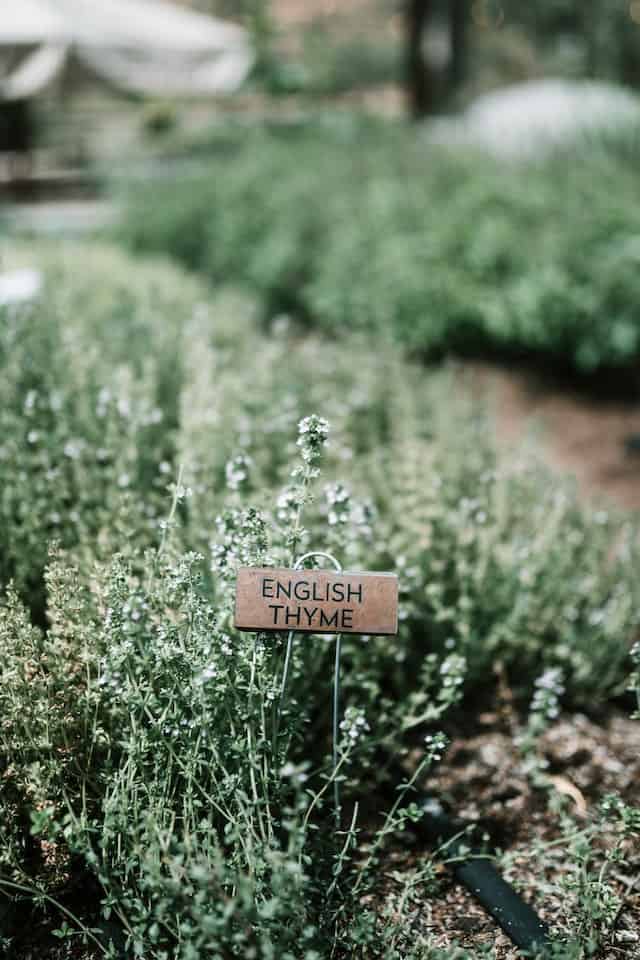
Thyme is a drought-resistant herb well-suited for August planting in Zone 10a. It thrives in temperatures ranging from 60°F to 80°F. Sow seeds directly in well-drained soil, giving ample space of about 12 inches between plants. Thyme requires little maintenance and can withstand heat and poor soil conditions. This herb adds depth and flavor to dishes across various cuisines, enhancing marinades, soups, and roasted vegetables.
Rosemary
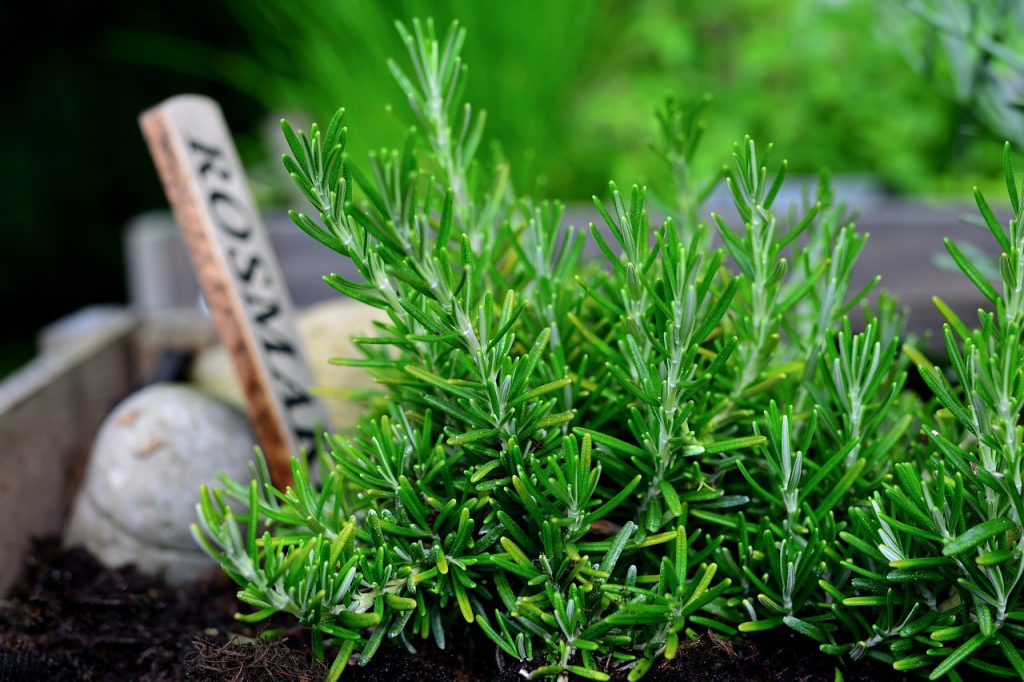
Rosemary is an aromatic herb that can be planted in August for a deliciously fragrant addition to your garden. It flourishes in warm temperatures, particularly between 68°F and 85°F. Plant rosemary in well-drained soil, spacing plants about 2 feet apart. This perennial herb is drought-tolerant once established, making it perfect for low-maintenance gardens. Use its aromatic leaves in various culinary creations, such as roasted meats, breads, and sauces.
Dill
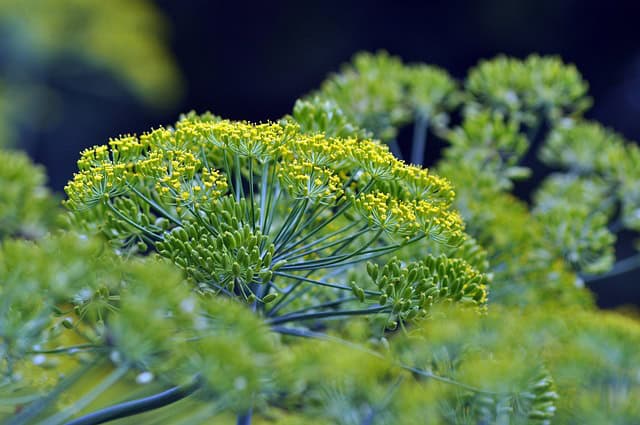
Dill is a herb that can thrive in the warm conditions of August planting in Zone 10a. It prefers temperatures around 60°F to 75°F and can bolt in excessive heat, so planting in late summer is advisable. Sow dill seeds directly in well-drained soil, spacing them about 12 inches apart. Dill requires consistent moisture, particularly during germination. This herb is highly aromatic and is commonly used in pickling, sauces, and salad dressings.
Lemon Balm
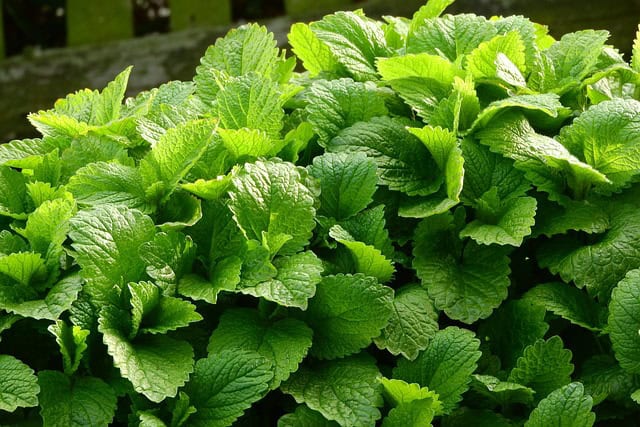
Lemon balm is a perennial herb that offers a zesty fragrance and adds flavor to various dishes and drinks. It thrives well in warmer temperatures, usually between 60°F and 80°F, making August planting ideal. Space plants about 18 inches apart in well-drained soil. Lemon balm is relatively low maintenance and will flourish with minimal care. Its calming properties make it popular for teas and soothing infusions.
Landscape Plants To Plant
Bougainvillea

Bougainvillea is an eye-catching, tropical plant with vibrant, colorful bracts that can brighten any landscape. It flourishes in warm climates, particularly in temperatures above 70°F, making August an ideal planting time in Zone 10a. This plant requires full sun and well-draining soil, becoming drought-tolerant once established. Bougainvillea makes for excellent trellises, walls, or as ground cover and adds stunning beauty to residential landscapes.
Plumbago
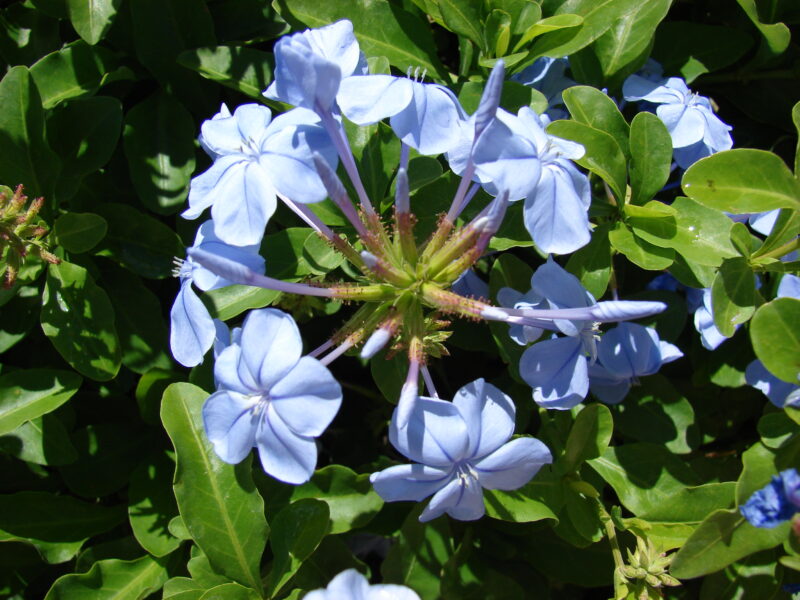
Plumbago is a flowering shrub known for its clusters of blue or white flowers that attract pollinators. It thrives in warm temperatures, making it suitable for August planting in Zone 10a. Space plants about 2-3 feet apart in well-drained soil exposed to full sun. Regular watering will help establish plumbago, which will flourish in a range of soil conditions. Its vibrant flowers and easy maintenance make it popular for borders and foundation plantings.
Lantana

Lantana, often used for attracting butterflies and bees, is a drought-resistant shrub that flourishes in the summertime. With a preference for temperatures between 70°F and 90°F, August is an excellent time for planting in Zone 10a. Space lantana plants about 2-3 feet apart, as they can spread significantly. They require minimal care once established and provide summer-long blooms in multiple colors for a cheerful landscape.
Canna Lily
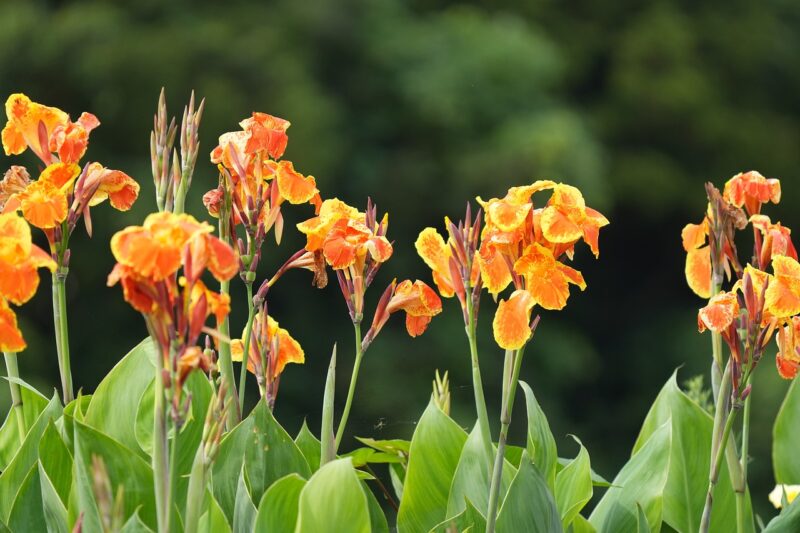
Canna lilies are tropical plants valued for their large, colorful blooms and attractive foliage. Ideal for planting in August, these plants thrive in the warm conditions of Zone 10a, requiring temperatures between 70°F and 90°F. Plant canna rhizomes in well-drained soil with ample sun exposure, allowing for enough space between them to grow. With proper care, canna lilies can add stunning summer color and act as striking focal points in your garden.
Agapanthus
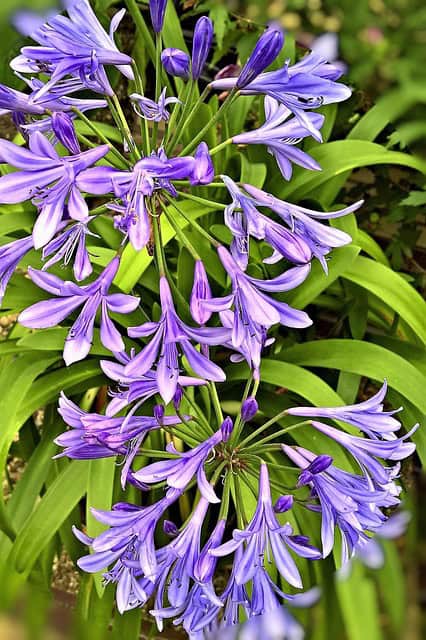
Agapanthus, or African lily, is a perennial plant characterized by its beautiful blue or white flower stalks that can reach heights of 3-5 feet. This hardy plant grows well in the heat of Zone 10a, thriving in full sun and tolerating drier conditions once established. Plant agapanthus bulbs in well-drained soil in August, spacing them about 18 inches apart. These low-maintenance plants make excellent choices for borders or as standalone features in landscaping.
Croton
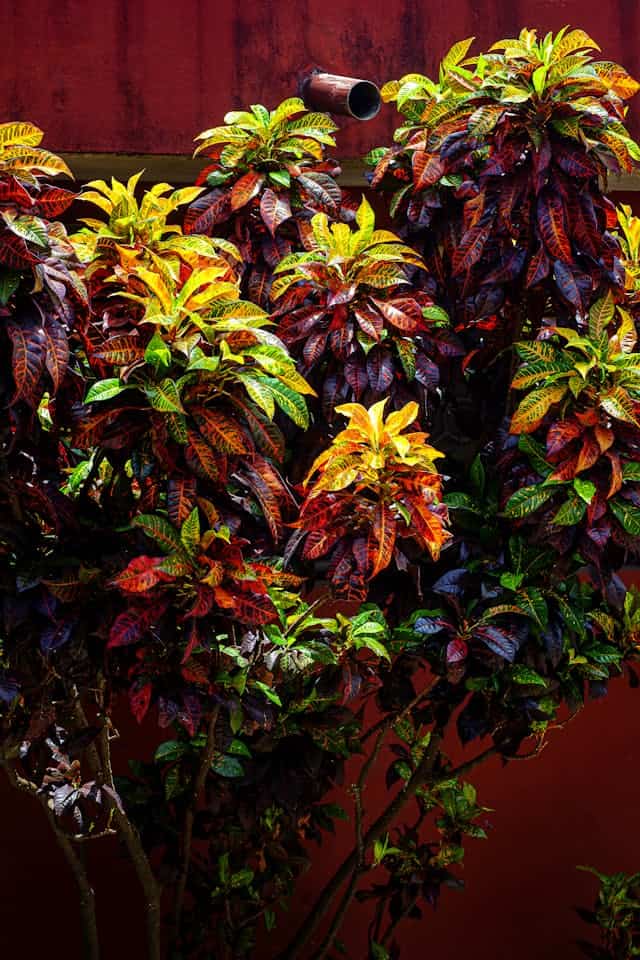
Croton plants are known for their stunning foliage, showcasing vibrant colors of yellow, oranges, and reds. Ideal for warm climates, croton can be planted in August, thriving in temperatures of 70°F and above. They require well-draining soil and a spot with plenty of sunlight. Space crotons about 2-3 feet apart to allow their large leaves ample growing space. These tropical plants are perfect for adding colorful accents to any landscape.
Hibiscus
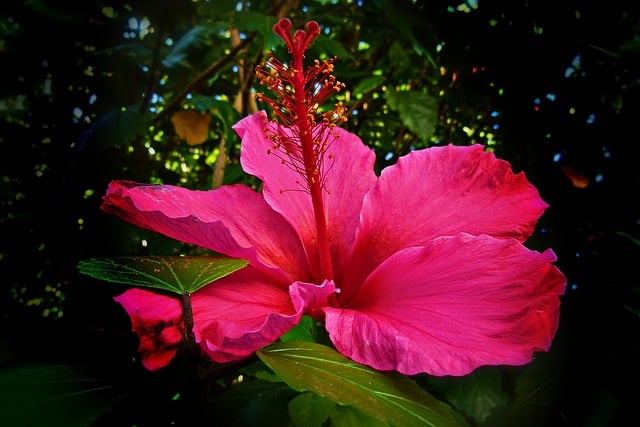
Hibiscus is a tropical shrub celebrated for its large, striking flowers that bloom throughout summer and fall. As a warm-loving plant, it can be easily planted in August in Zone 10a and does best in full sun conditions. Hibiscus thrives in moist and well-draining soil, so regular watering is essential, particularly in dry spells. Space hibiscus plants about 3-4 feet apart to give them room to grow and flourish. They can provide a beautiful tropical feel to any landscape.
Palm Trees
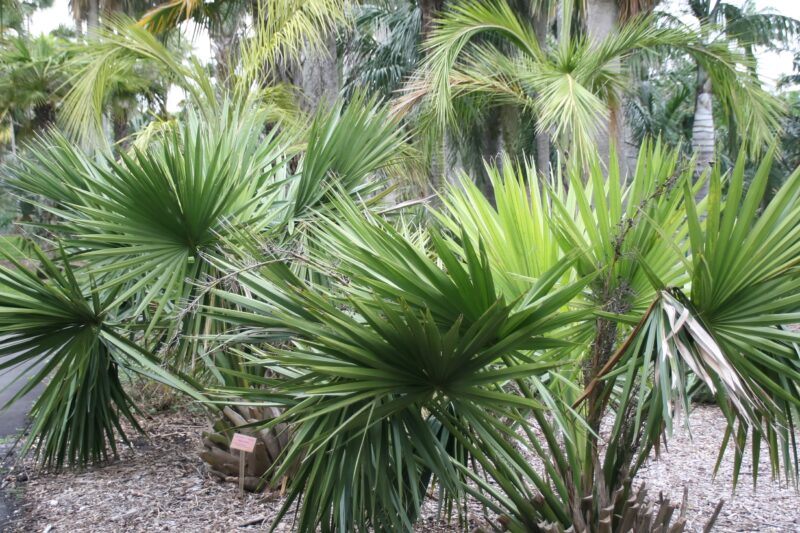
Planting palm trees in August is suitable in Zone 10a, as they thrive in warm temperatures and full sunlight. Various species can be planted, including the Royal Palm and Foxtail Palm, which require well-drained soil and ample spacing, typically about 8-10 feet apart. Regular watering helps establish young palms, which are low-maintenance and can add a tropical ambiance to any landscape, attracting visual interest year-round.
Mexican Garden Sage
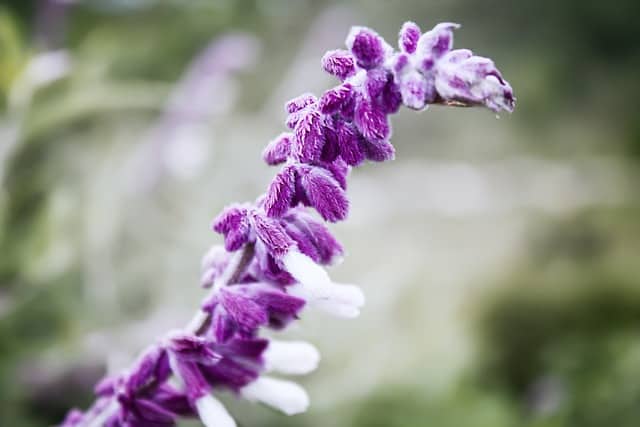
Mexican garden sage is a low-growing, fragrant perennial that adapts well to warm climates, making it excellent for August planting. Ideal for gardens with sufficient sun, it thrives in temperatures between 70°F to 90°F. Space plants about 18-24 inches apart in well-drained soil. This landscaping plant is drought-tolerant once established, offering lush foliage and purple-blue flowers that attract pollinators throughout the growing season.
Ornamental Grasses
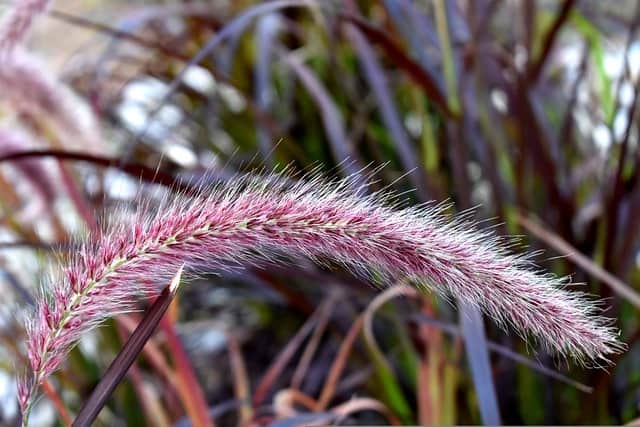
Ornamental grasses add texture, movement, and visual interest to garden landscapes. Planting in August is appropriate for various hardy types such as fountain grass or blue fescue in Zone 10a. These grasses thrive in warm temperatures and require well-drained soil and ample sunlight. Space plants according to their mature size, generally between 12-24 inches apart. Ornamental grasses are low-maintenance and can provide stunning visual displays alongside blooming perennials, creating vibrant and dynamic garden compositions.


